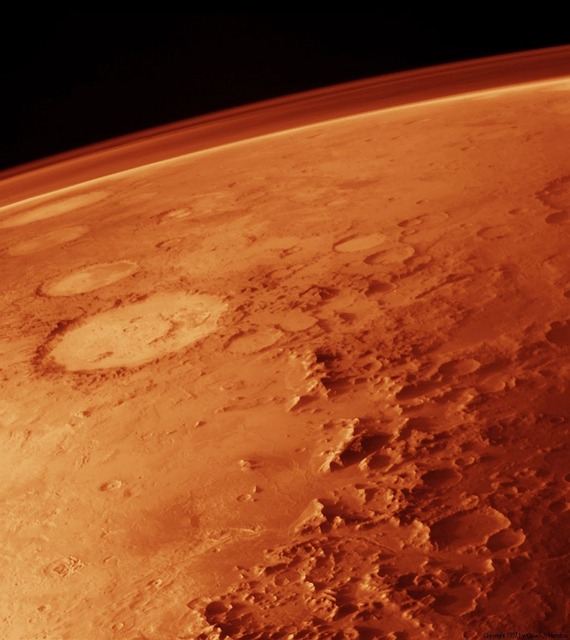Inside the Monster Rocket to Mars: How Did NASA Build and Fund the SLS?

Want to go to Mars? You’ll have to fly there on a monster. Fortunately, this monster is being designed to carry and care for humans, not eat them!
A Space Launch System, or SLS, is actually not a new idea, nor is sending humans to Mars. But the potential for it to be a reality, well, that’s pretty new! An SLS is a giant rocket that is capable of hauling an enormous amount of material through space.
Operational Specs for a Beast
- 70-ton initial payload capability
- 130-ton final payload capability
- 4 RS-25 engines per rocket
- 211-foot core stage
- 730,000-gallon (2.76 million liters) fuel storage
NASA’s SLS has all of this, with numerous alterations available depending on the mission requirements.
Colossal Budget
The first proposed budget for the SLS was a hefty $3 billion, with an initial five-year investment into research and development. However, thanks to political maneuverings, those five years of research went out the window, and Congress decided that NASA should begin construction on the rocket right away. Whether this is a good or bad thing remains to be seen.
However, that slash of R&D wasn’t the worst thing that could’ve come from Congress. Because NASA is a government organization, its budget relies solely on what Congress and the President can dole out. In this case, Congress kept the original budget.
However, that $5 billion is only related to the actual building of the spacecraft. The entire project, including multiple launches, new technologies, and different configurations may bring the whole budget up to $35 billion. Honestly, though, can you really complain when we’re trying to achieve interplanetary space travel?
Altering the R&D timeline had a few consequences, but one thing it did appear to save was jobs. The sudden crunch forced NASA to use an older design — an SLS similar to Magnum. This design has been tested for over 50 years, which makes it sturdy, well-studied and as safe as any kind of space travel can be.
Monstrous Goals
The first official flight of the SLS will be to fly out to a stable orbit beyond the moon and return safely to Earth. This first flight will be unmanned, to minimize potential risk.
The second flight, which should happen sometime between 2021 and 2023, will carry astronauts to the same area of space. This will be deeper into space than any astronaut has traveled before and should give NASA a good idea of how capable the SLS is. Then there will be several deep-space missions, mostly manned; that should help scientists figure out how we’re going to get to Mars.
Of course, to do this, the craft must be able to keep people on it and keep them alive, for much longer than the average rocket. For this, it has a habitat module. This would be bare-bones, but enough to keep a crew of four alive and collecting data. It could involve an air compressor for heating and air circulation, a lab, utility tunnel and, of course, living quarters.
From there, the long-term goals kick in, of which there are currently two. The first one is to put astronauts on an asteroid, which would be the first time humans have ever landed on any space object besides the moon. The second, and the really big one is to successfully land humans on Mars, and then bring them home. But there’s a lot to be done before we get there!
Risks to the Monster
Of course, the SLS is not without precedent. However, the former models for this idea never made it off the drawing board. There are any number of things that could shut it down that have nothing to do with space travel. We’re talking mundane concerns like politics and finances.
Of course, once these hurdles are passed, there are the things that can actually go wrong with the SLS. Space travel is incredibly dangerous, and humans are poorly equipped to handle it. Since we have never been this far into space, it’s impossible to tell what dangers we face. Radiation, long-term weightlessness, cosmic rays, space debris and plain old boredom are all serious factors for a long-term mission.
Of course, one of the best parts of the SLS is that it’s designed to be altered. Parts can be disassembled and updated as technology changes, or for different mission requirements. This is a beast that’s being made to stand the test of time. Let’s hope it can stand the test of politics as well, and make interplanetary space travel a reality!
Would you like to receive similar articles by email?





